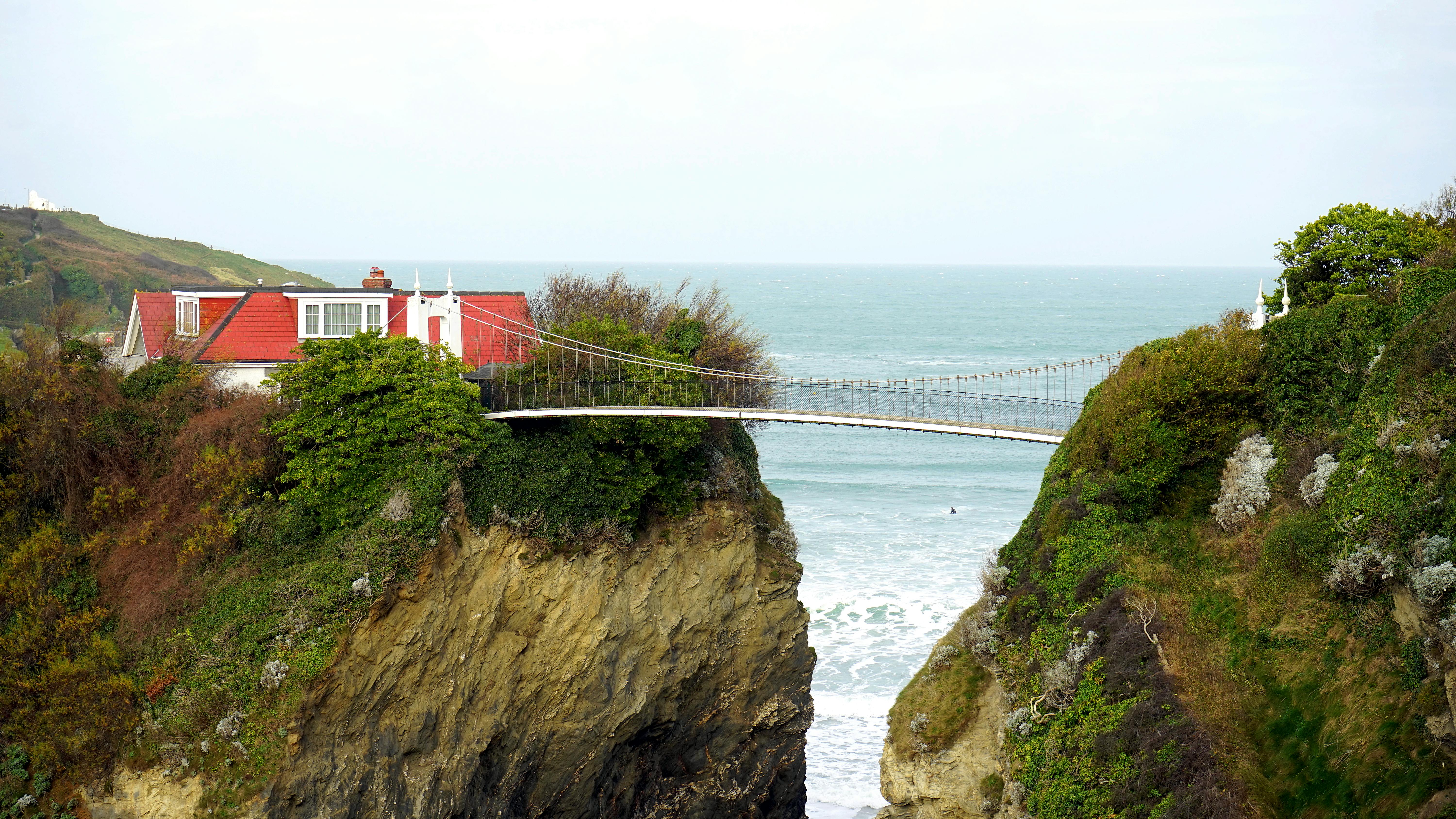Perhaps the most important thing to consider before building a house and drilling a well is the water supply. The house is not worth much if there is not enough good quality water, which may be located in the same place where the front steps are planned to be built.
Homeowners should first ask if they need a permit from the local government to drill a well. Or, they should check with their contractor about the legal requirements to make sure they get the required permits.
When a well is drilled, the available water is further explored to determine its quality and quantity. It is not common to see totally dry wells, but more especially low-yielding wells that are caused by interference with neighboring wells (such as in a subdivision), geological conditions, and off-season or natural water table.
In the event of a problem, repair costs are lower than building the well first, as this only involves the cost of the well. Also, if they need to drill another well, there’s probably enough space on the property when the house isn’t there yet. When you plan to buy property in an area that a licensed driller says is questionable in terms of water supply, the best thing to do is to purchase the property and ask for permission to build a well beforehand.
The success of getting a sufficient water supply from a well depends on the type of material below ground in the area. Since local drilling contractors have plenty of experience working in the area, they can tell homeowners what to expect. Your neighbors can also share about the quantity and quality of the water.
Having “enough” water refers to having the correct amount of water to meet the following requirements.
-
Everyday use: drinking, cleaning, cooking, “plumbing” (toilets, showers, bathtubs, dishwashers, automatic washing machines, and various other automatic water-using appliances).
-
Seasonal use: car wash, swimming pool and irrigation of the garden and lawn
-
Other special uses: crop irrigation, water treatment devices that require backwashing, animal watering troughs
-
Fire Protection – A home rarely relies on a well for this special need as the local fire department usually has more than enough water supply from surface water and non-potable ponds.
Daily water use can be concentrated in 1 to 2 hours, at the same time in different parts of the house (washing clothes, showering, and watering the lawn). A water supply system must have the capacity to meet this demand during peak hours. A rough estimate is that a home will require 150-300 gallons per day to meet all the needs of 2-4 residents.
In addition to supplying water for regular use in a home, there are energy-conscious homeowners who have geothermal groundwater systems installed to provide the home with warm and cool temperatures using the constant temperature of the ground for heat exchange.
The actual location of a well will often depend on a number of factors other than geology. An important aspect to consider is the characteristics of the land surface, such as areas with poor drainage and steep slopes. Whenever possible, a well should be located higher than surrounding areas to make it less prone to contamination.



